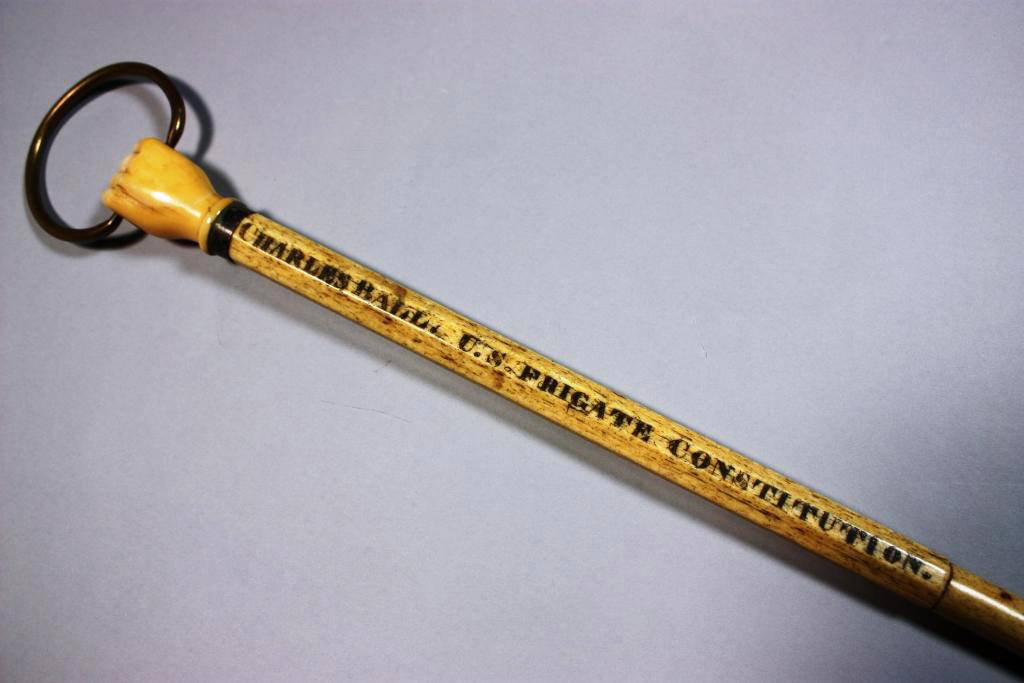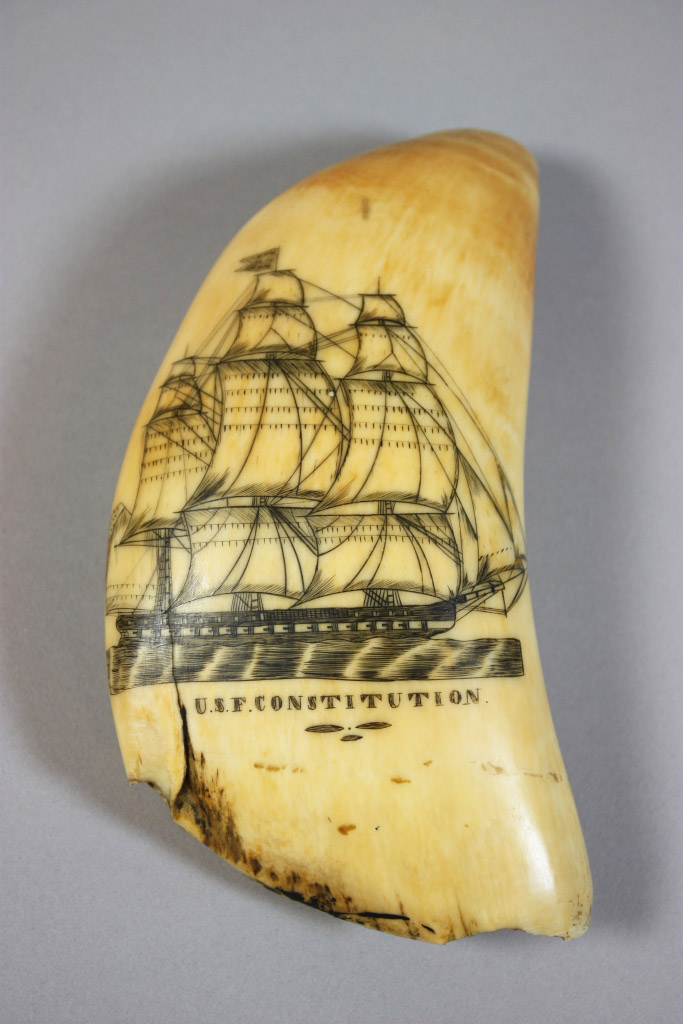As Independence Day approaches and USS Constitution prepares for its stately saunter down Boston Harbor, we’re reminded that July 4th has not always been celebrated with such decorum on the decks of the old frigate. In fact, for most of the nineteenth century, the day nearly always passed in raucous mirth. Of all the Independence Days observed on board since the ship’s launch, perhaps none rivaled the kick-up of July 4, 1841.
The ship, under the command of Daniel Turner, had been lying in the harbor of Callao, Peru since the end of March, waiting for a replacement to arrive in the Pacific. No doubt, men and officers alike searched for a way to enliven the tedium, and they found it in the grog tub. There had been some unpleasantness on board as a result of a double tot served to the crew on George Washington’s birthday, but it seems that by July all had been forgiven or forgotten. Captain Turner, “with his usual patriotism and liberality in affairs touching his country’s festivities, he extended to [the crew] the means of making merry in a manner perfectly to the satisfaction of the greatest whiskey-bibber on board.”1
“I have no doubt but what the majority of my readers have witnessed the orgies upon a Fourth of July in some of our large and populous cities; they have beheld perhaps the bacchanalian revelry, the broken heads, the black eyes, the bloody noses this festival produces amongst those patriotic souls, who swallow too many draughts to the success and continuance of American Independence; but the most vivid description that ever came under the observation, through the columns of the daily paper, would fall short of the scenes that were enacted upon all three decks of the old Constitution, amongst four or five hundred true sons of Ocean, when their extra whiskey began to operate. A plan that had never been acted upon before was adopted on this occasion, viz. that of serving their extra to them in messes, pure and unadulterated as it came from the spirit-room, and ere two bells had struck, its effects were visible in every corner.”2




2 Ibid., 222.
3 Ibid., 225.
The Author(s)
Matthew Brenckle
Research Historian, USS Constitution Museum
Matthew Brenckle was the Research Historian at the USS Constitution Museum from 2006 to 2016.
